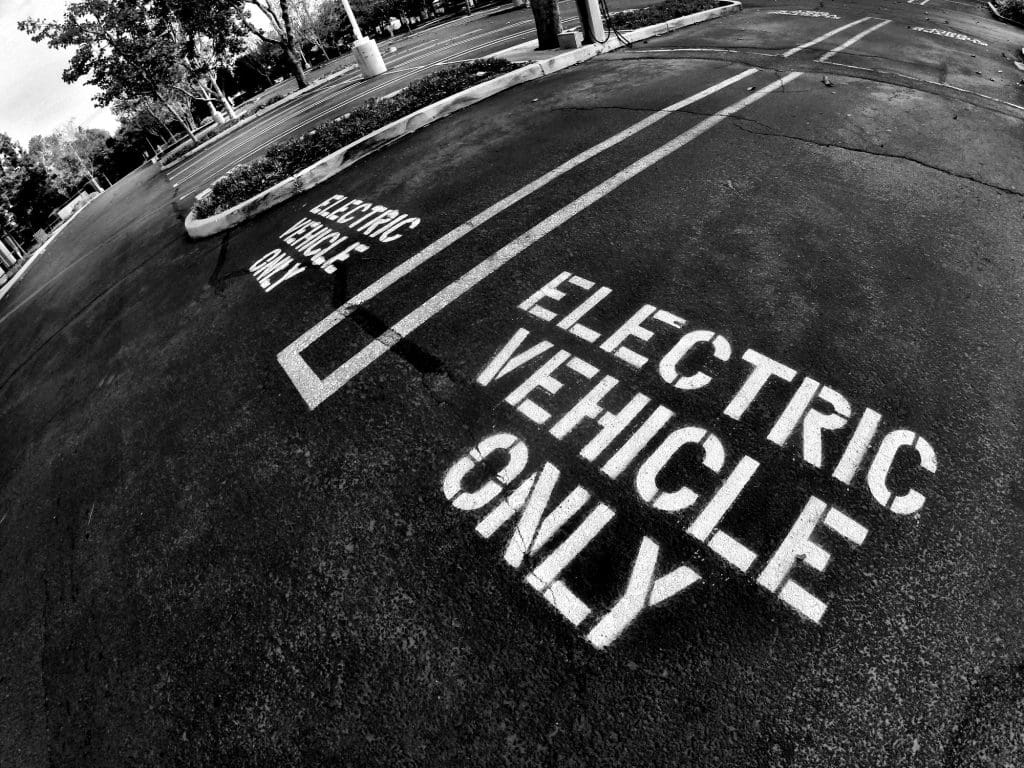Stepping into the world of electric cars can feel like learning a new language. From kWh and CCS to V2G and WLTP, it’s a lot. This plain-English EV jargon buster breaks down the 21 key terms UK & Irish drivers actually need. Read it once and you’ll compare models, understand reviews, and charge like a pro.
The Basics: Types of Vehicles
BEV (Battery Electric Vehicle)
What it means: A car powered only by electricity stored in a battery — no petrol or diesel engine.
Why it matters: Zero tailpipe emissions and typically the best tax incentives and running costs.
PHEV (Plug-in Hybrid Electric Vehicle)
What it means: Combines an electric motor with a petrol/diesel engine; you can plug it in. Electric-only range is typically 20–50 miles before the engine helps.
Why it matters: A stepping stone to full electric — short trips on electric, long trips without charging anxiety.
HEV (Hybrid Electric Vehicle)
What it means: Hybrid you can’t plug in. The small battery is charged by the engine and regenerative braking.
Why it matters: Better fuel economy than ICE, but very limited (or no) pure EV driving.
ICE (Internal Combustion Engine)
What it means: Traditional petrol or diesel engine.
Why it matters: You’ll see “EV vs ICE” comparisons everywhere.
Battery & Performance
kWh (Kilowatt-hour)
What it means: Battery capacity — think of it as fuel tank size (e.g., 77 kWh).
Why it matters: Bigger kWh generally equals longer range.
kW (Kilowatt)
What it means: Power. For motors, it’s performance; for chargers, it’s charging speed.
Why it matters: Higher kW motor = quicker acceleration. Higher kW charger (e.g., 150 kW) = faster top-ups.
Range
What it means: Estimated distance on a full charge.
Why it matters: Real-world range varies with driving style, temperature (hello, UK winter), speed, and terrain.
WLTP (Worldwide Harmonised Light Vehicle Test Procedure)
What it means: Official test used to rate range and efficiency.
Why it matters: Useful for comparison, but expect real-world range to be ~10–20% lower.
Regenerative Braking
What it means: The motor slows the car and recovers energy back into the battery when you lift off.
Why it matters: Extends range in stop-start driving and reduces brake wear.
SOC (State of Charge)
What it means: Battery percentage remaining.
Why it matters: Your EV’s “fuel gauge” — shown in-car and in the ONEEV app.
Charging Explained
AC (Alternating Current)
What it means: Electricity from the grid/home.
Why it matters: Used for home and many destination chargers (typically 3.6–22 kW).
DC (Direct Current)
What it means: Electricity batteries store.
Why it matters: Rapid and ultra-rapid public chargers feed DC directly to the battery for much faster charging.
Type 2 Connector
What it means: Standard AC plug in the UK/EU.
Why it matters: Your home charger and most public AC posts use Type 2.
CCS (Combined Charging System)
What it means: The UK/EU standard for DC rapid charging — a Type 2 plug with two chunky pins underneath.
Why it matters: You’ll use CCS for fast motorway charging; almost all modern EVs (non-Nissan/Lexus) support it.
CHAdeMO
What it means: Alternative DC standard used mainly by older Nissan Leaf and some Lexus models.
Why it matters: Still around, but CCS is the priority on new sites; check availability on your routes.
Tethered vs Untethered Charger
What it means: Tethered has a built-in cable; untethered is a socket only.
Why it matters: Tethered = grab-and-go convenience. Untethered = cleaner look and flexible for different cables.
Future-Facing Tech & Grants
V2L (Vehicle-to-Load)
What it means: Use your car as a giant power bank — run laptops, kettles or tools from the car.
Why it matters: Brilliant for camping, events or power cuts. Found on models like Hyundai Ioniq 5 & Kia EV6.
V2G (Vehicle-to-Grid)
What it means: Send energy back to the grid during peak times.
Why it matters: Not mainstream yet, but could earn money and help balance national demand.
OZEV (Office for Zero Emission Vehicles)
What it means: UK government team providing charging grants and policy.
Why it matters: Renters/landlords can claim via OZEV-approved installers. See GOV.UK for details.
SEAI (Sustainable Energy Authority of Ireland)
What it means: Irish agency managing EV grants and home-charger support.
Why it matters: Apply after installation for the home charger grant; check SEAI for current amounts.
Range Anxiety
What it means: Worry you won’t reach the next charger in time.
Why it matters: Modern 250+ mile ranges and the expanding network (find it all in ONEEV) mean most drivers rarely experience it.
